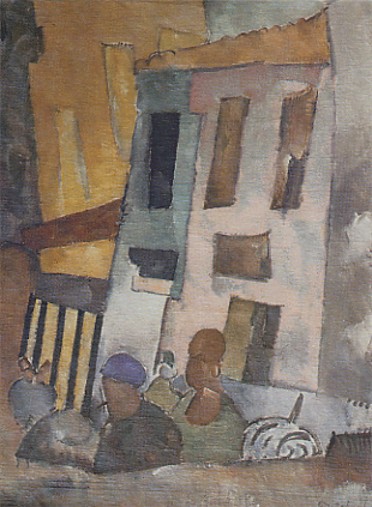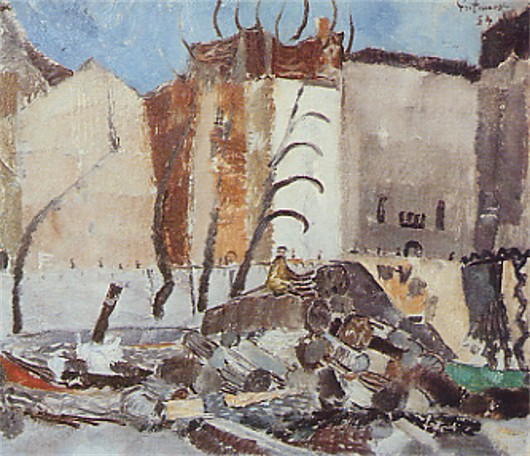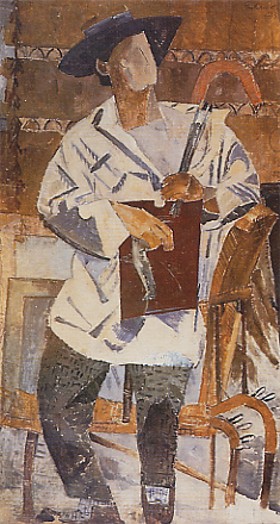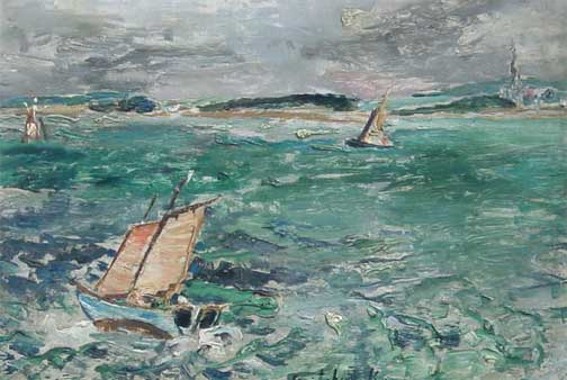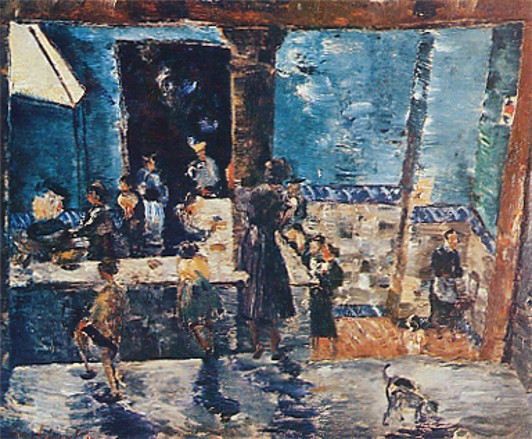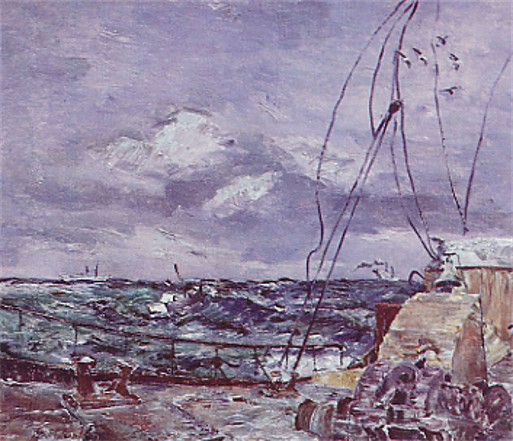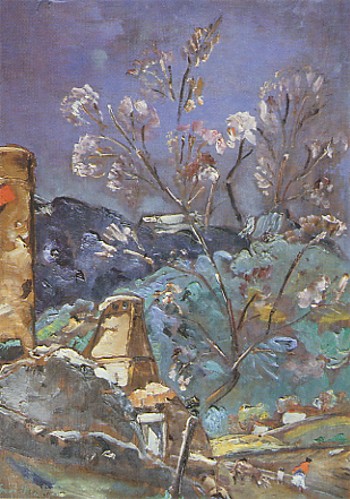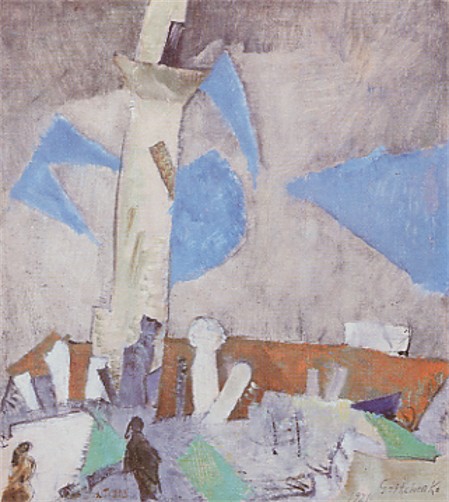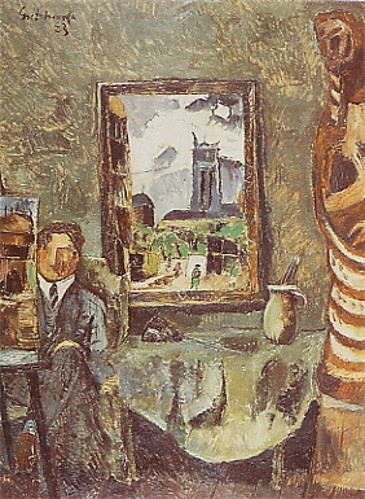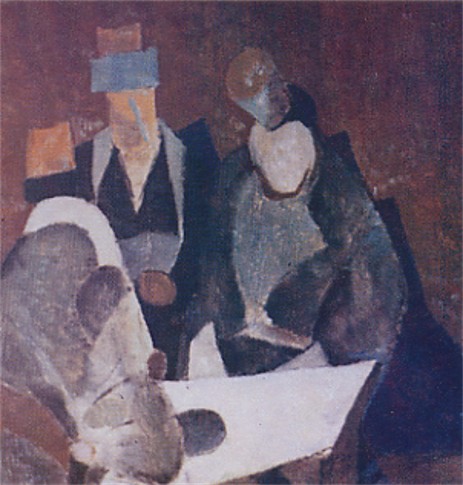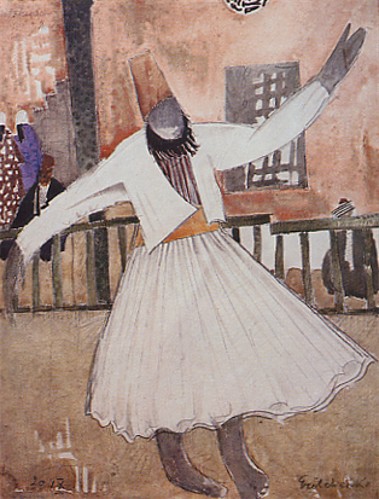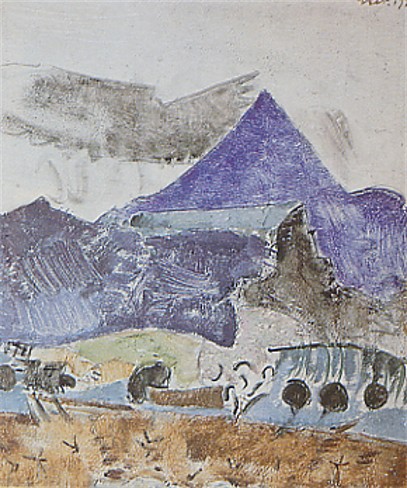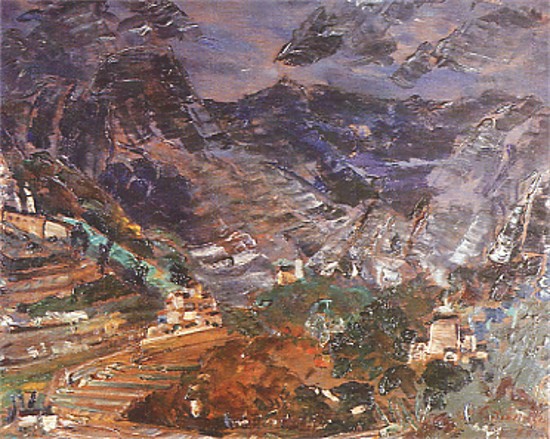Hryshchenko, Oleksa
Hryshchenko, Oleksa [Грищенко, Олекса; Hryščenko; Gritchenko, Alexis], b 2 April 1883 in Krolevets, Chernihiv gubernia, d 28 January 1977 in Vence, France. Modernist painter, art scholar, and author. While specializing in biology at Kyiv University and Moscow University, he studied painting with Serhii Svitoslavsky in Kyiv and K. Yuon in Moscow. He became involved in the modern art movement in Russia and developed close ties with two important art collectors—S. Shchukin and I. Morozov. During a brief stay in Paris in 1911 he met A. Lhote, Alexander Archipenko, and Le Fauconnier and became interested in cubism. From 1913 to 1914 he studied in Italy and wrote several studies of Italian primitive artists and the relation between the icon and Western art. During the Revolution of 1917, Hryshchenko became professor of the State Art Studios in Moscow (photo: Oleksa Hryshchenko among Moscow art students [1918]) and was offered the directorship of the Tretiakov Gallery, but he escaped from Russia via Crimea to Turkey.
From 1919 to 1921 he lived in Istanbul, where he painted hundreds of watercolors (such as Turkish Kitchen [1920], Dancing Dervish [1920], and Turks in a Café [1921]). In 1921 he moved to France and, later that year, twelve of his Istanbul paintings were exhibited at the Salon d'Automne in Paris together with the works of F. Leger. He made two trips to Greece and Crete (in 1921 and 1923) where he painted such landscapes as Olympia (1923) and Mount Ida, Crete (1923). In 1927 he settled in Cagnes in southern France. By this time he had changed his cubist style to a more dynamic expressionism, distinguished by cascades of exotic oriental colors (eg, Toulon [1925]).
Hryshchenko exhibited his works in the leading art galleries of Paris (eg, Paul Guillaume, Bing, Granoff, Druet, de l'Elysée, Weil, and Bernheim-Jeune), and participated in exhibitions such as Salon des Tuileries and Salon d'Automne (member from 1930). In the 1930s his works were displayed in Lviv at exhibitions of the Association of Independent Ukrainian Artists and in a one-man show (1937). He became known in the United States of America in 1923, when the Barnes Foundation in Philadelphia acquired several of his works. After the war he had several one-man shows in New York and Philadelphia. In 1963 he established the Alexis Gritchenko Foundation, to which he donated over 70 works (that were later housed at the Ukrainian Institute of America in New York). In 2006, these paintings were officially transferred to the National Art Museum of Ukraine in Kyiv. His paintings are also found in many other museums, including the Musée National d'Art Moderne in Paris, the Royal Museum in Copenhagen, the Musée Royal in Brussels, the Museum of Modern Art in Madrid, the Museum of Montreal, and the National Museum in Lviv. Many of his works are in private collections. Some of his paintings from the Lviv museum collection were destroyed by the Soviet authorities in the 1960s together with the works of Alexander Archipenko, Mykhailo Boichuk, and Heorhii Narbut as examples of ‘burgeois formalism.’
Besides articles Hryshchenko wrote monographs on art: O sviaziakh russkoi zhivopisi s Vizantiei i Zapadom (The Ties of Russian Painting with Byzantium and the West, 1913) and Russkaia ikona kak iskusstvo zhivopisi (The Russian Icon as Painting, 1917). Hryshchenko also wrote several volumes of memoirs: Deux ans à Constantinople (1930, with 40 reproductions of his watercolors; Ukrainian version 1961, without reproductions); L'Ukraine de mes jours bleus (1957, Ukrainian version 1958); Moï zustrichi i rozmovy z frantsuz’kymy mysttsiamy (My Encounters and Discussions with French Artists, 1962; English translation 1968); and Roky buri i natysku (The Years of Storm and Stress, 1967).
BIBLIOGRAPHY
Kovzhun, P. Hryshchenko-Gritchenko (Lviv 1934)
René-Jean. Alexis Gritchenko, sa vie, son oeuvre (Paris 1948)
Charmet, R. et al. Alexis Gritchenko (Paris 1964)
Gritchenko—O. Hryshchenko, 1883–1977 (New York 1983)
Sviatoslav Hordynsky, Marko Robert Stech
[This article was updated in 2013.]

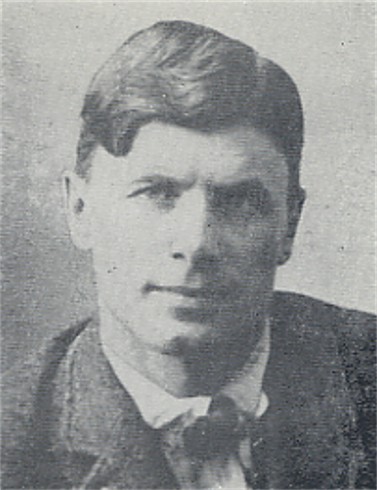
.jpg)
.jpg)
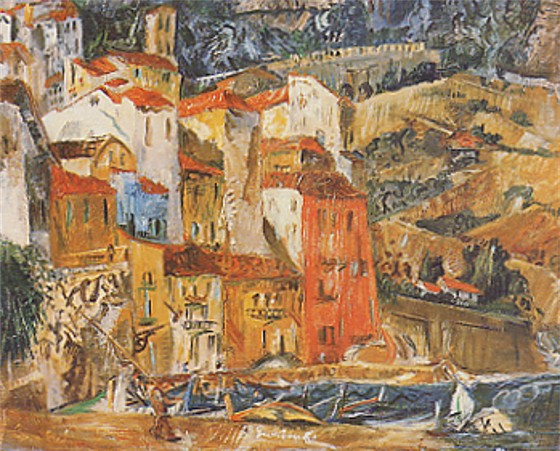
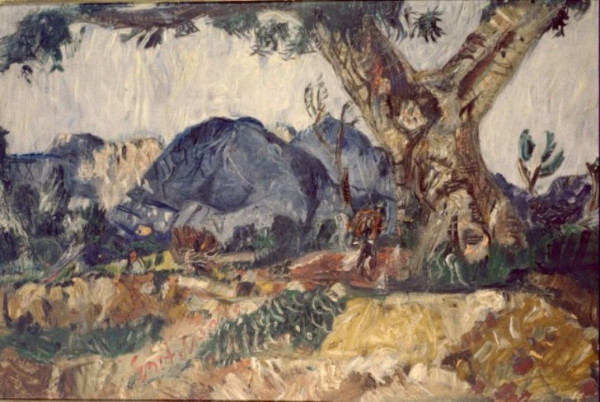
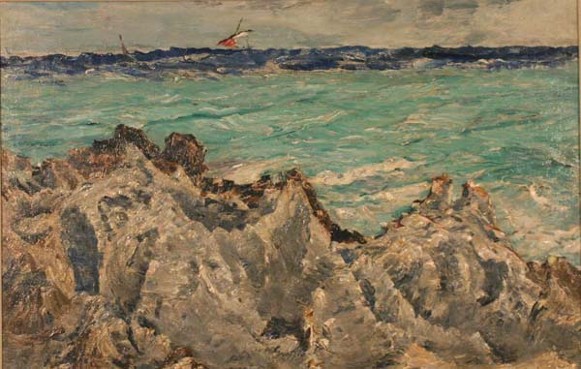
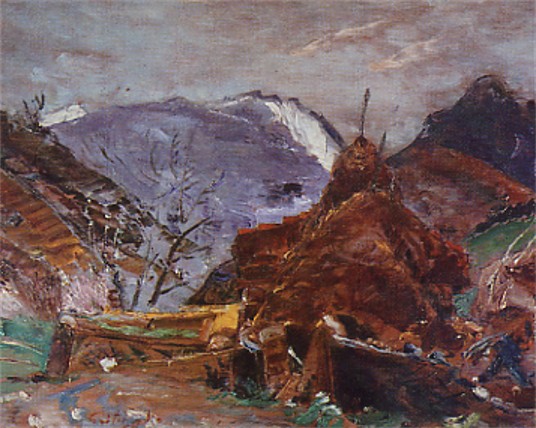
.jpg)
